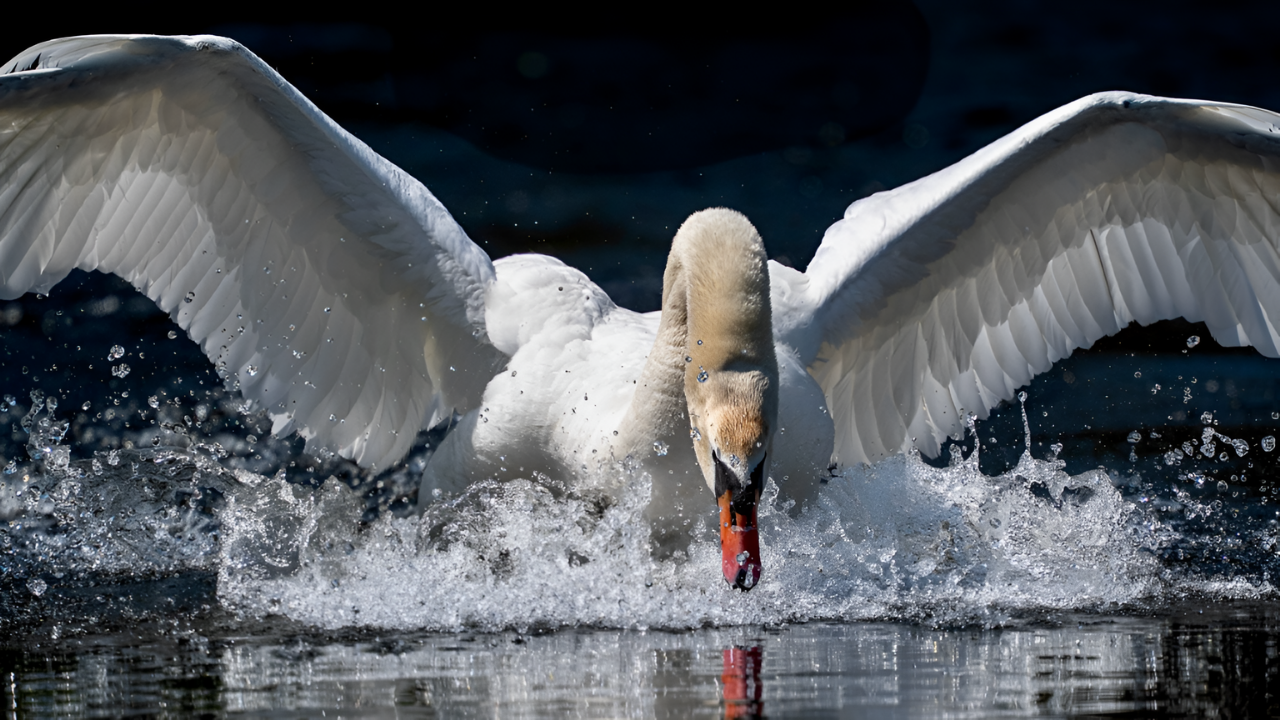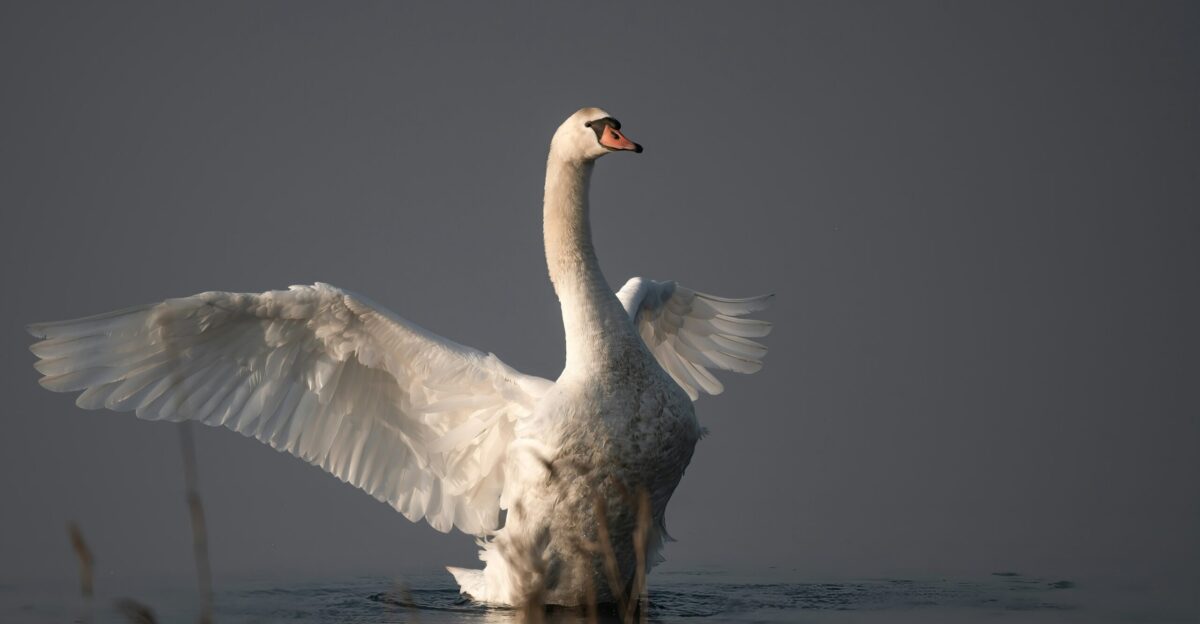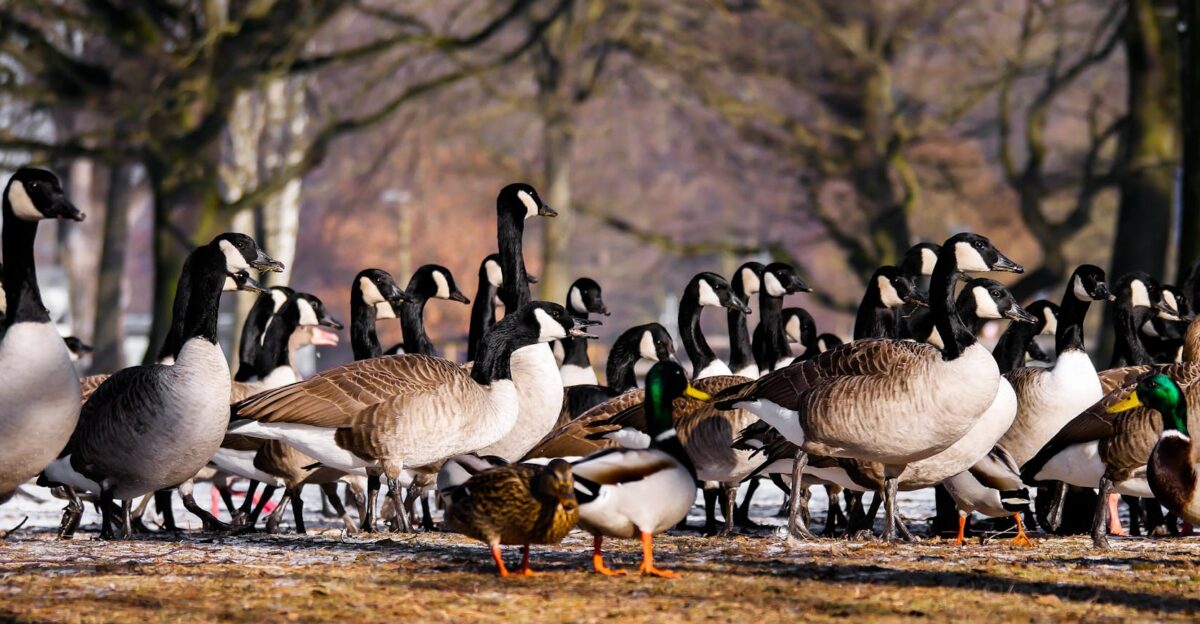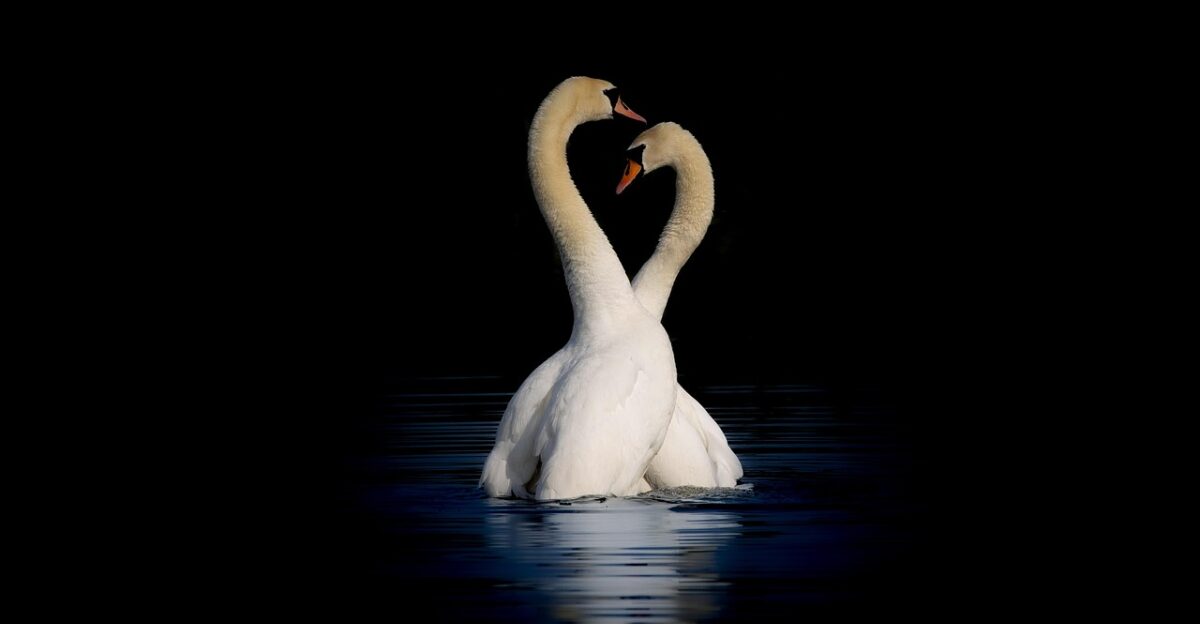
A silent but formidable threat is spreading across Northern California’s wetlands. The mute swan, a striking white bird once prized for its beauty, has become the focus of urgent action by state wildlife officials. With populations exploding and habitats under siege, California is racing to contain an ecological crisis that could reshape its most fragile aquatic landscapes.
From Ornamental Bird to Ecological Menace
Mute swans were first brought to North America in the 1800s, gracing parks and private estates as living ornaments. In California, they remained rare until shortly before 2007, when a handful of birds escaped or were released from captivity, leading to the first wild detections in the Suisun and Napa marshes. What began as a curiosity quickly escalated: the population has soared from approximately 1,150 birds in 2022 to nearly 7,000 today, with the densest concentrations in the Suisun Marsh near Fairfield.
This rapid growth is no accident. Mute swans are highly adaptable and prolific breeders, thriving in the state’s wetlands. Biologists warn that, left unchecked, their numbers could double every seven to eight years, mirroring trends seen in other parts of the country.
Destruction Below the Surface
The mute swan’s impact is felt most acutely beneath the waterline. Each bird consumes up to eight pounds of aquatic vegetation daily, and their feeding habits are especially destructive. As they uproot plants, they leave behind floating debris and churn up sediment, stripping wetlands of the submerged vegetation that native fish, ducks, and other birds depend on.
The consequences ripple outward. With less plant cover, water quality declines, and the intricate web of life that sustains California’s wetlands begins to unravel. The Sacramento–San Joaquin Delta, the largest estuary on the West Coast, is particularly vulnerable. Already diminished by decades of development, its remaining wetlands now face a new and aggressive threat.
Aggression and Water Quality Concerns

Mute swans are not just voracious eaters—they are fiercely territorial. During breeding season, they will attack and sometimes kill other waterfowl, further reducing biodiversity. Their size—up to 30 pounds with an eight-foot wingspan—makes them a formidable presence. There have even been documented cases of swans attacking humans, with tragic results.
Beyond their aggression, mute swans contribute to water pollution. Their droppings accumulate rapidly, degrading water quality and creating health hazards for both wildlife and people. The cost of cleaning up affected lakes and ponds, along with the loss of recreational value and declining property values, adds a significant economic burden to local communities.
A Legislative Push for Control

Faced with mounting ecological and financial costs, California lawmakers have taken unprecedented action. In October 2025, Governor Gavin Newsom signed Assembly Bill 764, granting landowners and licensed hunters broad authority to remove mute swans. Starting in 2026, these birds can be killed on private property without a hunting license or special permit—a rare exception in state wildlife law. The legislation, effective through 2031, aims to halt the swan’s advance before it becomes irreversible.
Unlike native swans, mute swans are not protected under federal law, allowing for aggressive management. State officials have worked closely with federal agencies to ensure a coordinated response, emphasizing the need for accurate identification to prevent harm to protected tundra and trumpeter swans. Identification guides have been distributed to hunters and the public to minimize mistakes.
Lessons from Failed Alternatives
California’s experience with mute swans highlights the dangers of introducing non-native species. Past attempts in other regions to use mute swans for biological control of other waterfowl have proven ineffective and controversial, underscoring the importance of prevention and the risks of untested solutions.
Looking Ahead: The Stakes for California’s Wetlands

The battle against mute swans is far from over. Wildlife agencies stress that long-term success will require sustained monitoring, adaptive management, and public cooperation. The stakes are high: California’s wetlands are among the most threatened ecosystems in the state, supporting a rich diversity of native species and providing vital services to agriculture and communities.
As the mute swan population continues to grow, the outcome of California’s intervention will serve as a test case for invasive species management nationwide. The choices made now will determine whether these iconic wetlands remain a haven for native wildlife—or fall silent under the weight of an invasive newcomer.